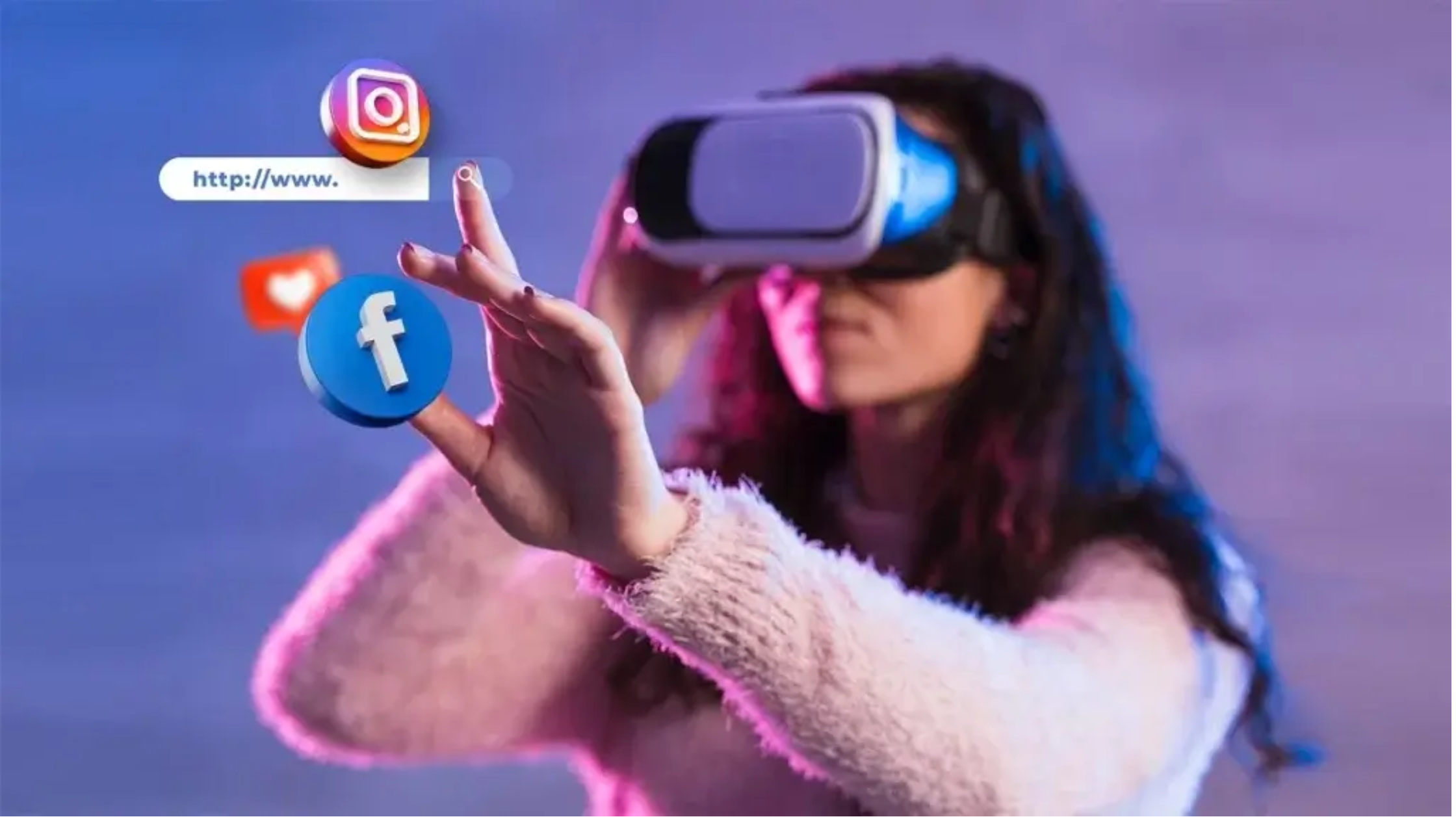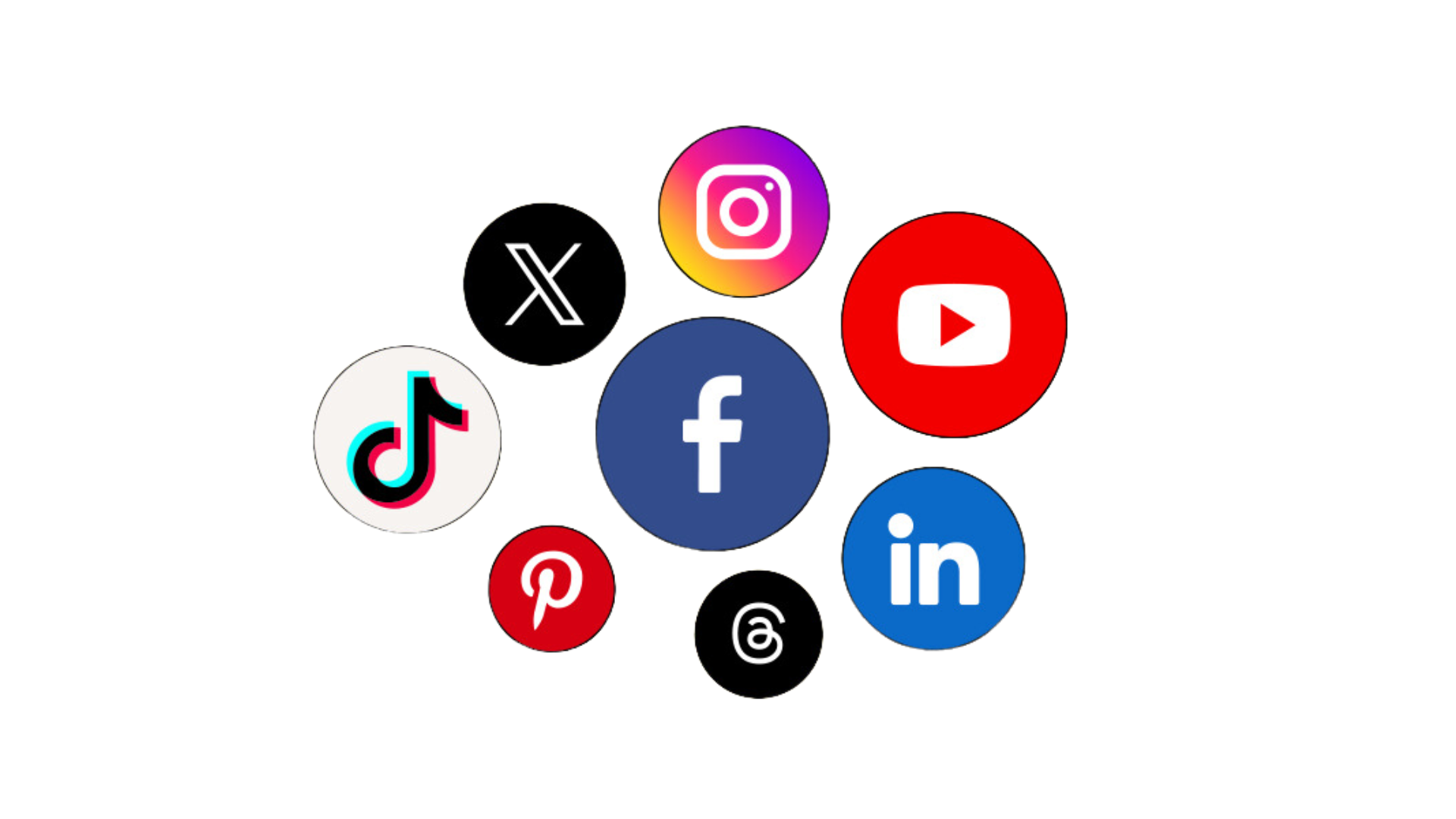Did you know that 83% of travelers use their mobile devices to research before finalizing their travel plans? In the competitive travel industry, ranking high on search engines is essential to attract potential travelers as traveler’s journey starts with a simple search. The right SEO services boost site visibility which drives organic traffic along with more bookings through content optimization that matches user’s search intent.
Through this blog we will examine how Travel SEO improves website search engine positions to enable your business to succeed in the demanding travel industry.
Understanding Travel SEO Basics
The tourism and travel sector expects revenues to reach US$955.94 billion in 2025 while demonstrating an annual growth rate of 3.91%. Search engine optimization of your travel website becomes absolutely crucial due to its immense market potential.
Here’s the breakdown of the Travel SEO basics into three important sections: Keyword Research, On-Page SEO, and Technical SEO.
Keyword Research for Travel Sites
Keyword research is the core of an effective SEO plan. Travel website optimization means identifying keywords based on what travelers are searching for and creating content in response to it.
On-Page SEO for Travel Blogs and Agencies
With your keywords in hand, the next step is to optimize your web pages and content to make them more visible to search engines and users.
Key On-Page SEO Elements:
- Title Tags & Meta Descriptions
- Header Tags (H1, H2, H3)
- Optimize Content
- Internal Linking
- Image Optimization
Technical SEO for Travel Websites
Technical SEO ensures that search engines can effectively crawl and index your site. It’s the backbone of your SEO efforts.
Important Technical SEO Aspects:
- Website Speed
- SSL Certificate (HTTPS)
- XML Sitemap & Robots.txt
- Structured Data Markup
- Canonical Tags
- 404 Pages & Redirects
- Mobile-First Indexing
Tip: Use tools like Google’s PageSpeed Insights and GTmetrix to check your website speed and identify areas for improvement.
Keyword Optimization Strategies for Travel SEO
Long-Tail Keywords
Long-tail keywords are specific and intent-driven, helping attract high-quality traffic with lower competition. Examples: “7-day itinerary in Bali for couples”.
Tips:
- Use in titles, headings, and content.
- Add in FAQs and tour descriptions.
Seasonal & Local Travel Keywords
Target keywords based on time, location, or events to capture timely searches. Examples: “Winter travel destinations in Europe.”
Tips:
- Create location-specific and seasonal content.
- Use city names and event terms in meta tags and URLs.
LSI (Latent Semantic Indexing) Keywords
LSI keywords are related terms that add context to your main keywords. Examples of ‘Italy travel’ are Venice, Rome, cuisine, and Schengen visas.
Tips:
- Add semantic terms in content and subheadings.
- Use Google suggestions or related searches for ideas.
Quick Tip: Use Keyword Clusters
Group related keywords under a core topic for stronger SEO coverage. Example Cluster: Paris travel guide, Paris itinerary, where to eat in Paris, Paris travel tips.
Content Marketing for Travel SEO
Blogging & Destination Guides
Create keyword-rich blogs and travel guides to boost visibility.
- Use titles like “Top Things to Do in [City].”
- Add internal links and optimize headings/images.
User-Generated Content & Reviews
Grow trust and credibility with real user content.
- Feature reviews, photos, and testimonials.
- Add schema markup to display ratings in search results.
SEO-Friendly Travel Itineraries
Attract traffic with structured, keyword-optimized itineraries.
- Use day-wise formats and internal links.
- Include FAQs, maps, and clear headings.
Link-Building Strategies for Travel Websites
Guest Posting on Travel Blogs
Write high-quality guest posts for popular travel blogs and add a backlink to your website in the author’s bio or content.
Earning Backlinks from Tourism Boards
Collaborate with official tourism websites or local travel directories.
- List your business on tourism board partner pages.
- Offer valuable content they can link to (e.g., local guides or event info).
Local SEO for Travel Businesses
Local SEO boosts visibility for travel agencies, tour operators, and hotels in location-based searches like “best tour packages in [City].”
Optimizing Google Business Profile
A well-optimized Google Business Profile (GBP) profile helps your business rank in local searches and Google Maps. Ensure:
- Accurate name, address, phone (NAP)
- High-quality photos
- Proper business categories
- Updated hours and service details
Citation Building for Local SEO
List your business on platforms like TripAdvisor, Yelp, Booking.com, Expedia, and local directories. Keep NAP info consistent across all listings to improve local rankings.

Importance of Reviews & Testimonials
Customer reviews boost trust and SEO. Encourage happy clients to leave keyword-rich reviews on Google and travel sites. Respond actively to build credibility and engagement.
Technical SEO & Website Performance
Mobile Optimization
Use responsive design, simplify navigation, and remove intrusive elements for seamless mobile browsing.
Page Speed & Core Web Vitals
Improve speed by compressing images, minimizing code, and enabling caching. Focus on the following Core Web Vitals metrics:
- LCP (loading speed)
- INP (interactivity)
- CLS (visual stability)
Structured Data for Travel Listings
Apply schema markup to hotels, tours, and attractions to increase search visibility with rich snippets such as ratings, prices, and availability.
Social Media & SEO for Travel Websites
Although social media marketing is not a direct ranking signal, it is a strong contributor to SEO by increasing content visibility, engagement, and brand authority.
How do Social Signals Influence SEO?
Social signals like shares, likes, and comments indicate content popularity, boosting visibility and engagement. They indirectly support SEO by driving traffic and increasing backlink opportunities. Similarly, viral content often attracts backlinks, which strengthens SEO performance.
Best Social Media Marketing Strategies for Travel Organizations
- Publish interesting content: blogs, destination videos, itineraries, travel tips.
- Utilize location-based hashtags and geo-tags.
- Partner with influencers and travel bloggers.
- Host contests or user-generated content campaigns to increase engagement.
- Post frequently on sites such as Instagram, Pinterest, Facebook, and YouTube.
- Keep current with the latest social media trends.
Measuring & Improving Travel SEO Performance
Tracking and refining your SEO strategy is key to long-term success.
SEO Analytics & Tracking Metrics
Use tools like Google Analytics, Search Console, and SEMrush to track:
- Organic traffic
- Bounce rate
- Keyword rankings
- CTR and conversions
- Backlink profiles
A/B Testing for SEO Improvements
Test variations of titles, meta descriptions, content layouts, and CTAs to see what improves engagement and rankings. Small changes can lead to significant SEO gains.
Using AI & Automation for SEO Growth
AI tools can optimize content, predictive keyword research, and automated reporting & audits. Tools like Surfer SEO, Jasper AI, and Screaming Frog help streamline tasks and improve efficiency.
Future Trends in Travel SEO
Voice Search & AI in Travel SEO
AI and voice search are reshaping travel queries. Use conversational keywords, structured data, and AI-driven tools for personalized content and itinerary planning.
The Impact of Google’s Updates on Travel Websites
Focus on E-E-A-T, mobile optimization, user intent-based content, and adapting to AI-powered search features like SGE and AI Overviews.
Sustainable & Experiential Travel SEO Strategies
Highlight eco-tourism, community-based travel, and authentic experiences. Use sustainability certifications and experience-rich content to improve trust and engagement.
Conclusion
An effective Travel SEO approach helps your website find and connect with the intended audience while turning them into customers. By incorporating keyword research, informative content alongside technical optimization and local SEO, you position your brand for long-term success. Adjusting your SEO strategy as trends change allows your travel brand to remain competitive.
Drive more bookings and traffic—talk to our SEO team today!
FAQ










